Patient Lifting Techniques for Nurses
Introduction
Nursing, a profession characterized by compassion, skill, and physical prowess, involves a pivotal duty: ensuring patients' safe and comfortable mobility. Whether you're lifting the patient on your own or utilizing patient lifts, which can play a pivotal role in achieving this, prioritizing patient well-being and healthcare provider safety is extremely important. In this blog, we'll delve into the significance of patient lifting techniques for nurses and offer valuable tips for their effective execution.

Table of Contents
Click below to Jump to any of the topics covered in this blog!
The Significance of Proper Patient Lifting
Patient Lifting Techniques for Lifting
Part 1: The Significance of Proper Patient Lifting
Preventing Injuries
Improper patient lifting techniques can pose a substantial risk of musculoskeletal injuries for nurses, placing strain on their back, shoulders, and knees, potentially leading to chronic pain or severe injuries. However, by mastering proper lifting techniques and incorporating patient slings into their approach, nurses can significantly mitigate these risks and ensure safer and more efficient patient transfers.

Enhancing Patient Comfort
Enhancing patient comfort is an integral aspect of proper patient lifting techniques for nurses. Gentle and well-executed lifting techniques not only safeguard the well-being of healthcare workers but also uphold the comfort and dignity of the patients they serve. When patients experience secure and pain-free transfers, it contributes significantly to their overall sense of well-being during their healthcare journey.
Patients who feel at ease and supported during movements are more likely to develop trust and confidence in their caregivers. This trust can have a profound and positive impact on the patient's overall healthcare experience. When patients know that their comfort and dignity are a priority, they are more likely to cooperate with treatment plans, adhere to prescribed therapies, and engage in open and honest communication with their healthcare providers. This, in turn, can lead to better health outcomes and a more positive rapport between patients and the nursing staff, fostering a compassionate and effective healthcare environment. Ultimately, the holistic approach to patient care, which includes a focus on comfort during transfers, contributes to the patient's overall well-being and recovery process.
Promoting Efficient Care
Promoting efficiency in patient care is a fundamental element of proper patient lifting techniques for nurses. Within the demanding and fast-paced healthcare environment, efficiency is paramount. By mastering the correct lifting methods, nurses can save valuable time by sidestepping awkward and inefficient movements that can slow down patient transfers. This efficiency not only benefits the nurses themselves but also has a far-reaching impact on the quality and quantity of care they can provide.
Efficiency enables nurses to optimize their workflow and allocate more time and attention to patient needs. By streamlining the process of transferring patients, nurses can attend to a larger number of patients without compromising on the quality of care. This not only improves the overall patient experience by reducing wait times and ensuring timely assistance but also enhances the nurses' ability to provide thorough assessments, administer treatments, and offer emotional support.
In essence, proper patient lifting techniques are a linchpin in the broader mission of delivering efficient and effective healthcare, benefiting both patients and the healthcare providers who tirelessly care for them.

Part 2: Patient Lifting Techniques for Nurses
Assess The Patient
Assessing the patient's condition is an indispensable and foundational step in patient lifting. Before beginning any lifting or transfer maneuver, it is essential to gather crucial information about the patient's physical state. This assessment encompasses evaluating various factors, including the patient's weight-bearing ability, level of consciousness, and any existing mobility restrictions. Such a comprehensive evaluation forms the cornerstone for selecting the most suitable and safe lifting technique.
By assessing the patient's weight-bearing ability, nurses can ascertain how much assistance the patient may require during a transfer. This information is pivotal in determining whether additional equipment, such as patient lifts or slings, is necessary to ensure a safe and comfortable transfer for both the patient and the caregiver. Evaluating the patient's level of consciousness is equally vital, as it helps nurses gauge the patient's ability to cooperate and follow instructions during the lifting process.
Additionally, identifying any mobility restrictions, such as joint limitations or pain, allows nurses to tailor their approach to minimize discomfort and potential complications. In essence, a thorough patient assessment is the keystone in patient lifting, ensuring that the chosen technique aligns with the patient's specific needs and safeguards their overall well-being.

Gather Necessary Equipment
The importance of gathering the necessary equipment cannot be overstated in the realm of patient lifting for nurses. Having the right tools at their disposal is not just convenient but absolutely essential to ensuring the well-being of both patients and healthcare providers. Mobility aids, such as transfer belts, slide sheets, and mechanical lifts, play a pivotal role in this process. These devices are invaluable assets that not only uphold patient safety but also significantly alleviate the physical strain on nurses.
When nurses utilize mobility aids appropriately, they create a safer environment for patient transfers. Transfer belts, for example, provide a secure grip and support during ambulation, reducing the risk of falls or mishaps. Slide sheets enable smooth and controlled movement, minimizing friction and discomfort for patients while making it easier for nurses to execute transfers. Mechanical lifts, on the other hand, are a true game-changer, allowing for effortless and controlled lifting, reducing the physical burden on nurses, and virtually eliminating the risk of injury during transfers. By recognizing the indispensable role of these mobility aids and ensuring their availability, nurses not only optimize patient safety but also foster a workplace environment that prioritizes the well-being of the caregiving team.
Communicate & Plan
Clear communication and meticulous planning are integral steps in the process of patient lifting for nurses, fostering a safe and coordinated approach to transfers.
explaining the upcoming transfer process, and seeking their cooperation. This not only informs the patient about what to expect but also empowers them to actively participate in their own care, enhancing their sense of control and comfort during the transfer.
Equally critical is the coordination and planning among nursing colleagues involved in the transfer. Nurses should collaborate to ensure that everyone is well-informed about their respective roles and responsibilities, as well as the sequential steps involved in the transfer. This collaborative effort minimizes the risk of misunderstandings or missteps during the transfer and creates a seamless and synchronized process. By communicating clearly with patients and planning diligently with colleagues, nurses create an environment where patient safety, comfort, and efficient care delivery are at the forefront, embodying the essence of compassionate and professional nursing practice.

Maintain Proper Body Mechanics
Maintaining proper body mechanics is a cornerstone of safe and effective patient lifting for nurses. Adhering to these fundamental principles not only safeguards the nurse's own physical well-being but also ensures the safety and comfort of the patient being moved. It is imperative that nurses prioritize their own health and longevity by consistently following these guidelines.
First and foremost, nurses should remember to bend their knees, not their waist, when engaging in lifting activities. This technique promotes stability and reduces the strain on the lower back, which is vulnerable to injury during lifting tasks. By keeping their feet shoulder-width apart, nurses establish a solid base of support, further enhancing stability and balance. Using the muscles of the legs and core to lift, rather than relying on the back, is crucial in minimizing the risk of musculoskeletal injuries. Additionally, nurses should avoid twisting their spine while lifting or moving the patient, as this can place excessive stress on the back and lead to painful and debilitating injuries. By consistently practicing proper body mechanics, nurses not only safeguard their own health but also uphold their commitment to providing safe and compassionate care to their patients.

Use Mechanical Lifts When Needed
The utilization of Mechanical Lifts is an indispensable and critical step in patient lifting for nurses, particularly when dealing with patients who have limited mobility or whose weight exceeds the safe lifting capacity of manual techniques. Mechanical lifts are invaluable assets in the nursing toolkit, playing a pivotal role in enhancing patient safety and reducing the risk of injury for both healthcare providers and patients alike.
Patients with limited mobility or those who exceed the safe lifting capacity pose unique challenges during transfers. In such cases, mechanical lifts offer a safe and efficient solution. These devices are engineered to distribute weight evenly and facilitate controlled movement, significantly reducing the physical strain on nurses. Moreover, mechanical lifts enhance patient comfort by providing a secure and stable transfer experience. By integrating mechanical lifts when necessary, nurses prioritize the safety and well-being of both patients and themselves, ensuring that patient transfers are executed with precision and professionalism. This approach not only minimizes the risk of injuries but also fosters an environment of trust and care that is essential in the field of nursing.
Seek Assistance
Making sure you seek assistance is important when patient lifting. It underscores the commitment to both the safety of the healthcare provider and the well-being of the patient. The cardinal rule in patient lifting is to never attempt it alone when it poses a risk to either party. Recognizing the importance of this principle, nurses should always be willing to ask for assistance when necessary, embracing the value of teamwork as an essential component of ensuring safe and effective patient transfers.
Patient lifting often involves a myriad of complexities, including variations in patient size, weight, mobility, and medical conditions. In situations where the physical demands exceed the capabilities of a single nurse, seeking assistance becomes paramount. It not only mitigates the risk of injuries but also fosters a culture of collaboration and mutual support within the healthcare team. By working together, nurses can ensure that patient transfers are executed with precision, care, and efficiency, ultimately enhancing the overall quality of care delivered to the patient. In essence, the act of seeking assistance is a testament to the commitment of nurses to prioritize safety and patient well-being above all else.

Continuous Training
Continuous training is very important, reflecting the dynamic nature of the nursing profession that demands ongoing learning and skill development. In the field of healthcare, where patient well-being is paramount, nurses must stay up-to-date with the latest best practices in patient lifting techniques and ergonomics to provide safe and effective care.
Patient lifting involves a multitude of variables, from the unique needs of each patient to the evolving technologies and innovations in healthcare equipment. As such, nurses should receive regular and comprehensive training to equip them with the knowledge and skills necessary to adapt to these changes. Staying current with the latest evidence-based practices not only enhances patient safety but also minimizes the risk of work-related injuries for nurses. Additionally, ongoing training fosters a culture of continuous improvement within the nursing profession, reinforcing the commitment to delivering high-quality and compassionate care. Ultimately, embracing continuous training in patient lifting techniques and ergonomics is a testament to nurses' dedication to evolving with the ever-changing landscape of healthcare, ensuring the best possible outcomes for both patients and healthcare providers.

Let Us Know What You Think!
Your thoughts and questions are incredibly valuable to us, and we'd love to hear from you. If you have additional insights to share, your comments can spark meaningful discussions and enhance the collective knowledge of our community. Don't hesitate to ask any questions you may have; our team is here to provide answers and engage with you. So, please, take a moment to leave a comment or question below. Your input is much appreciated!
Conclusion
Working with patients, and lifting them correctly when needed is vital for the well-being of both patients and healthcare providers. By adhering to proper patient lifting techniques, nurses can minimize the risk of injury, enhance patient comfort, and provide efficient care. As the backbone of healthcare, nurses deserve all the support and resources necessary to perform their duties safely and effectively.




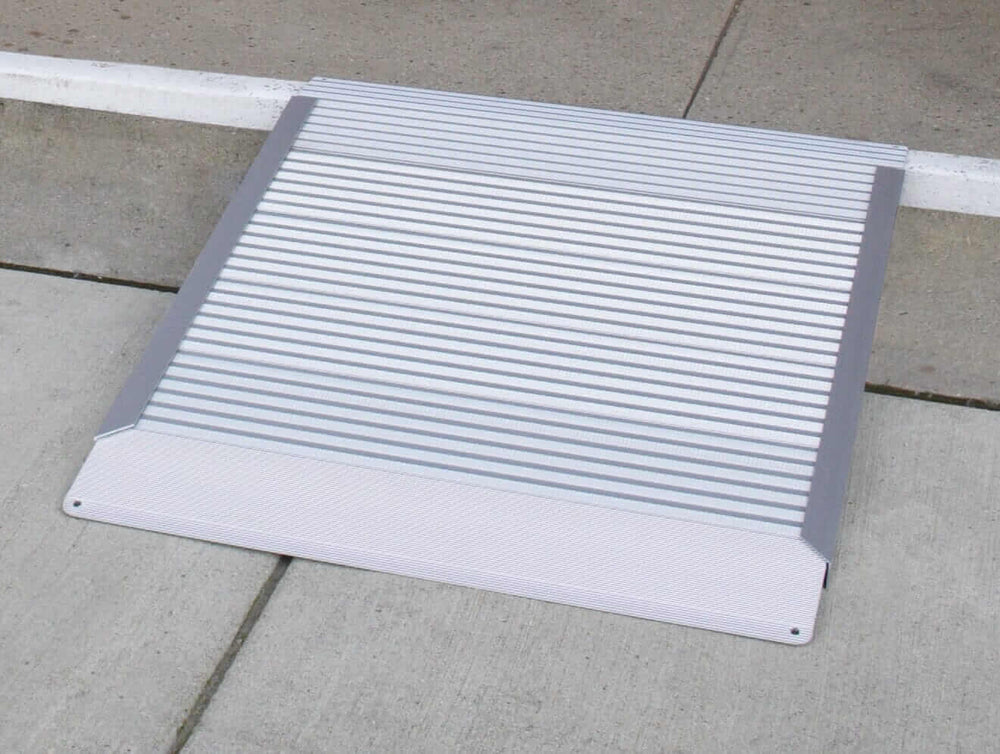
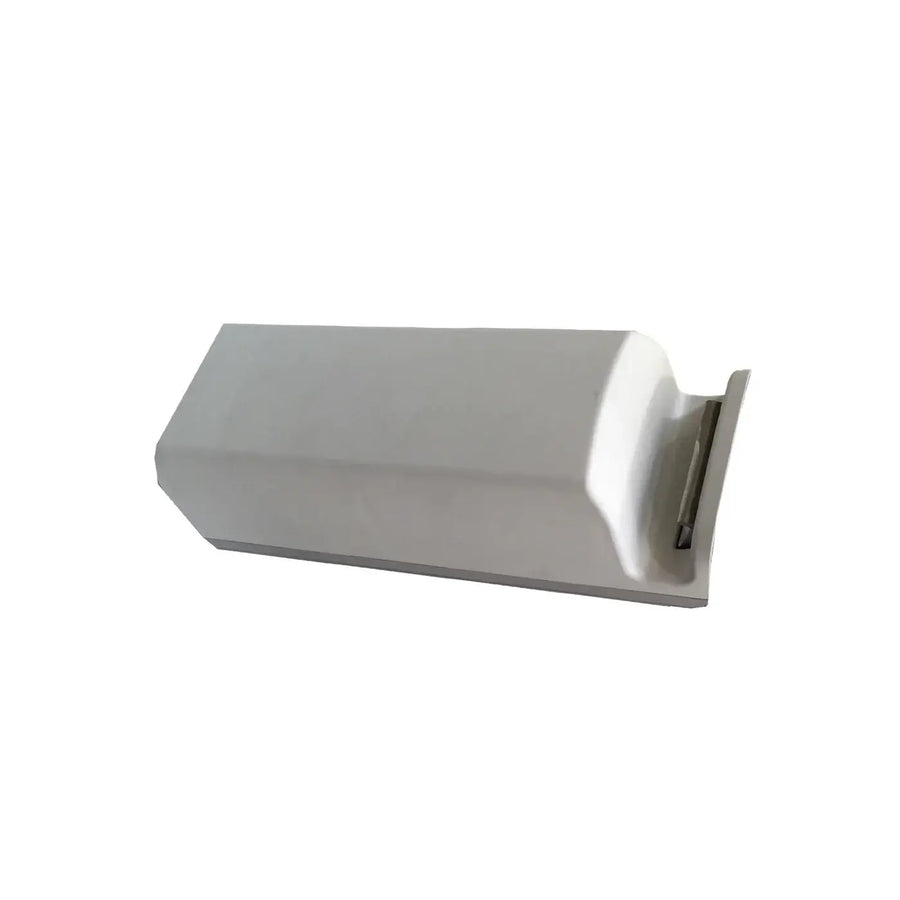
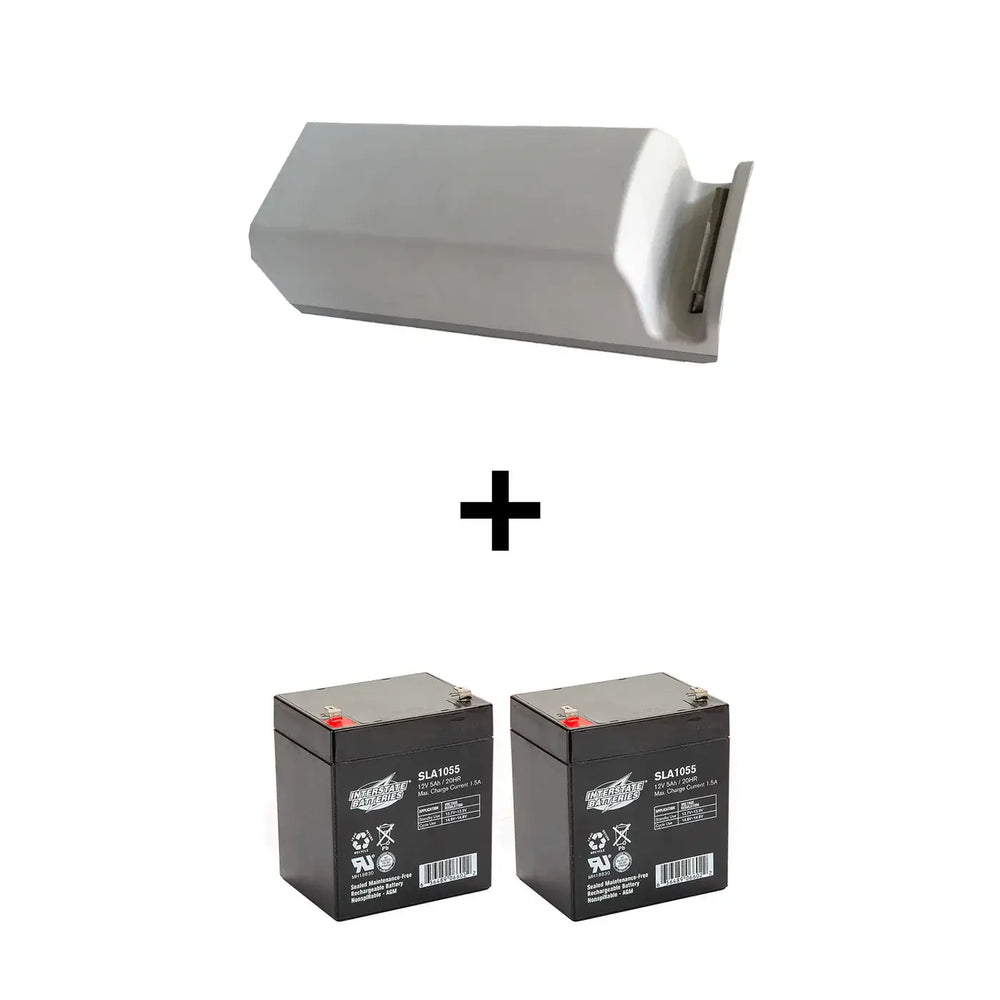

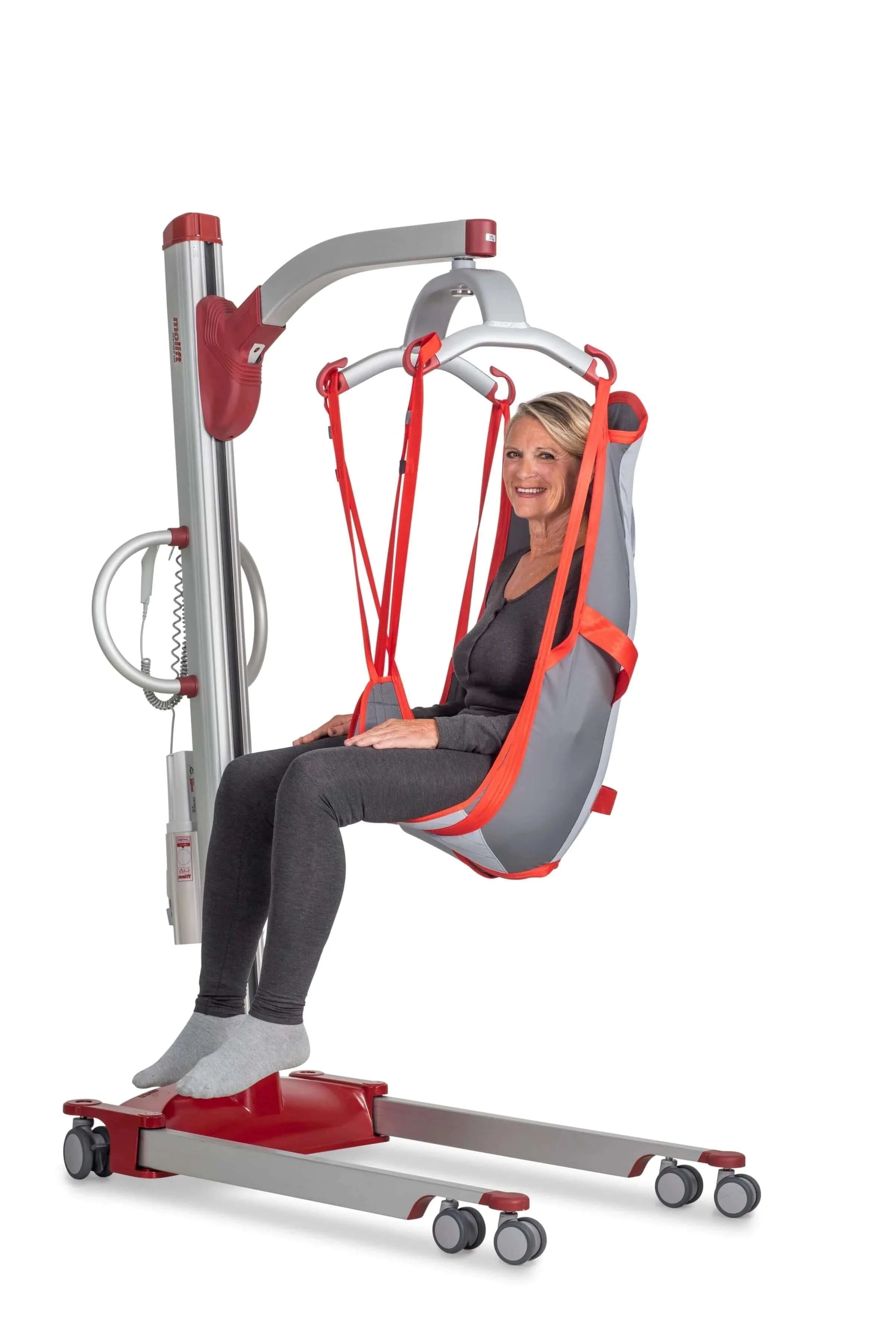
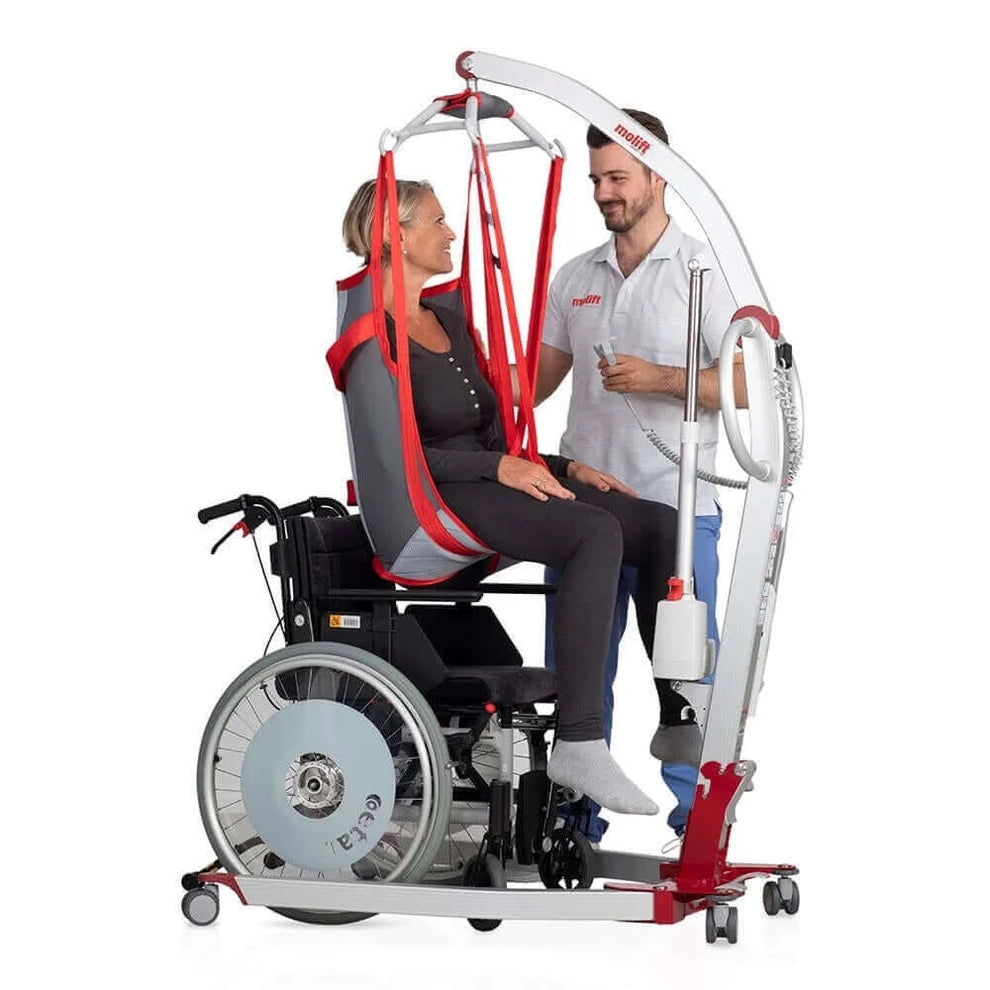
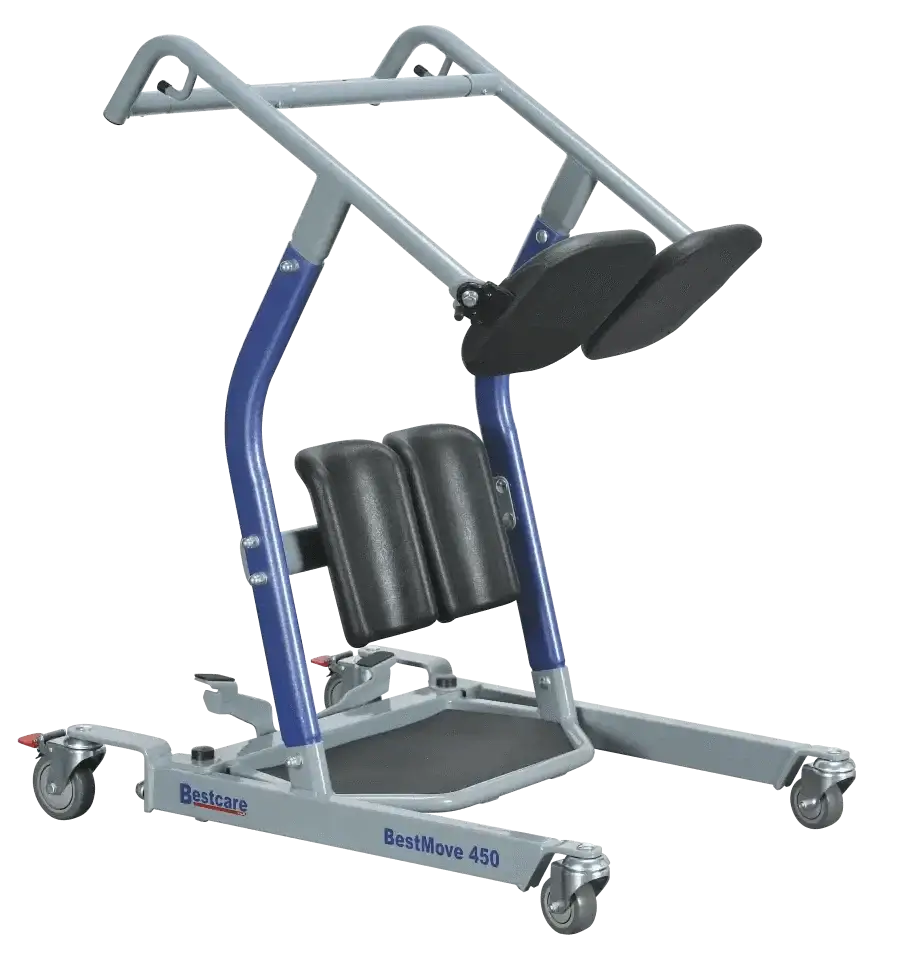
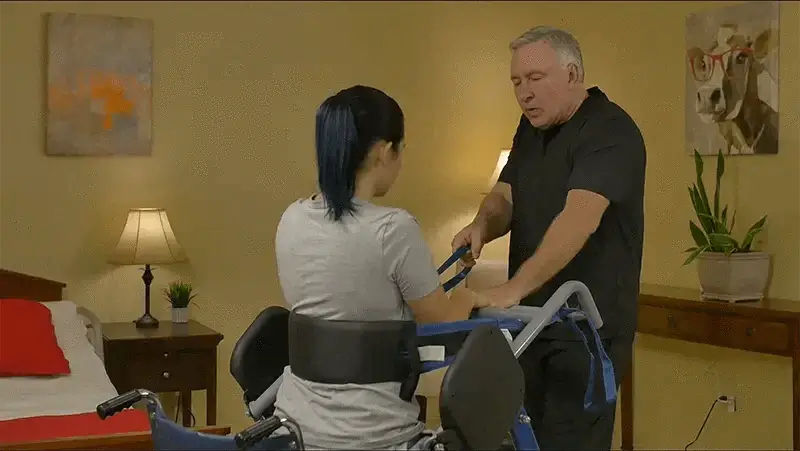
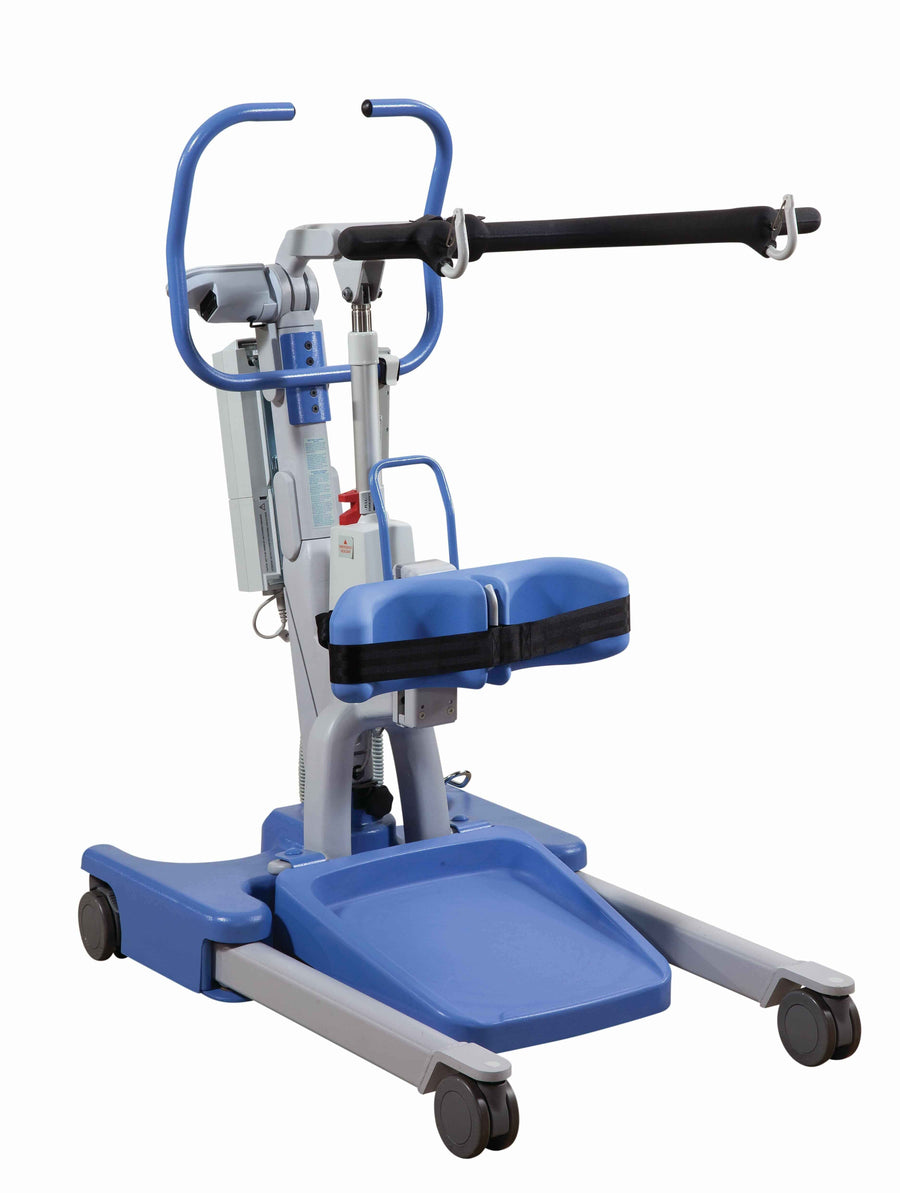
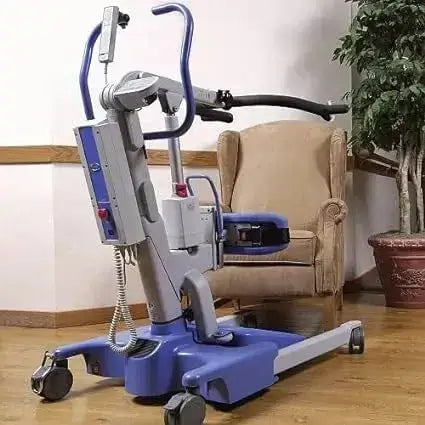
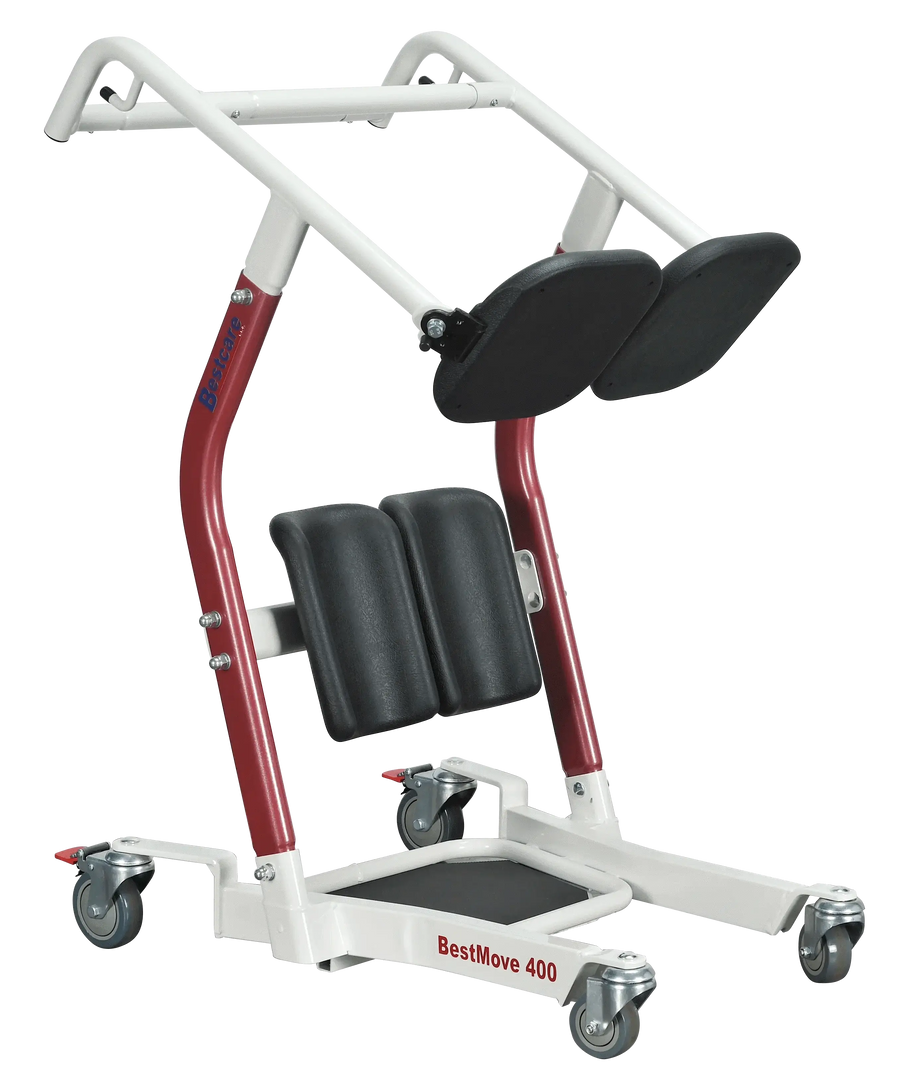
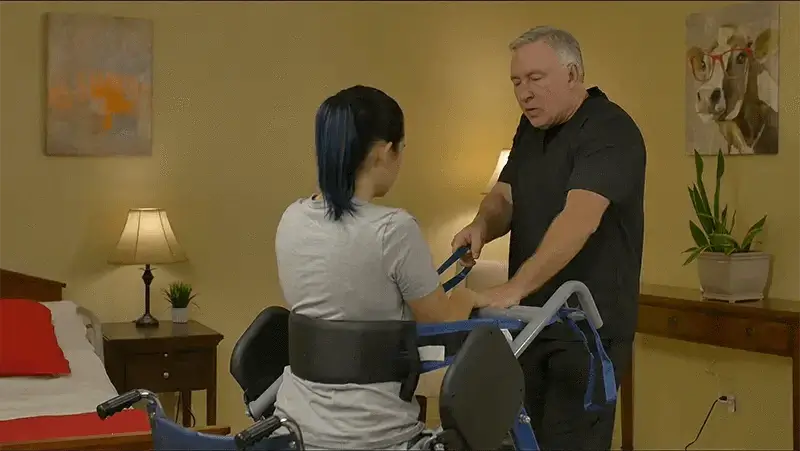


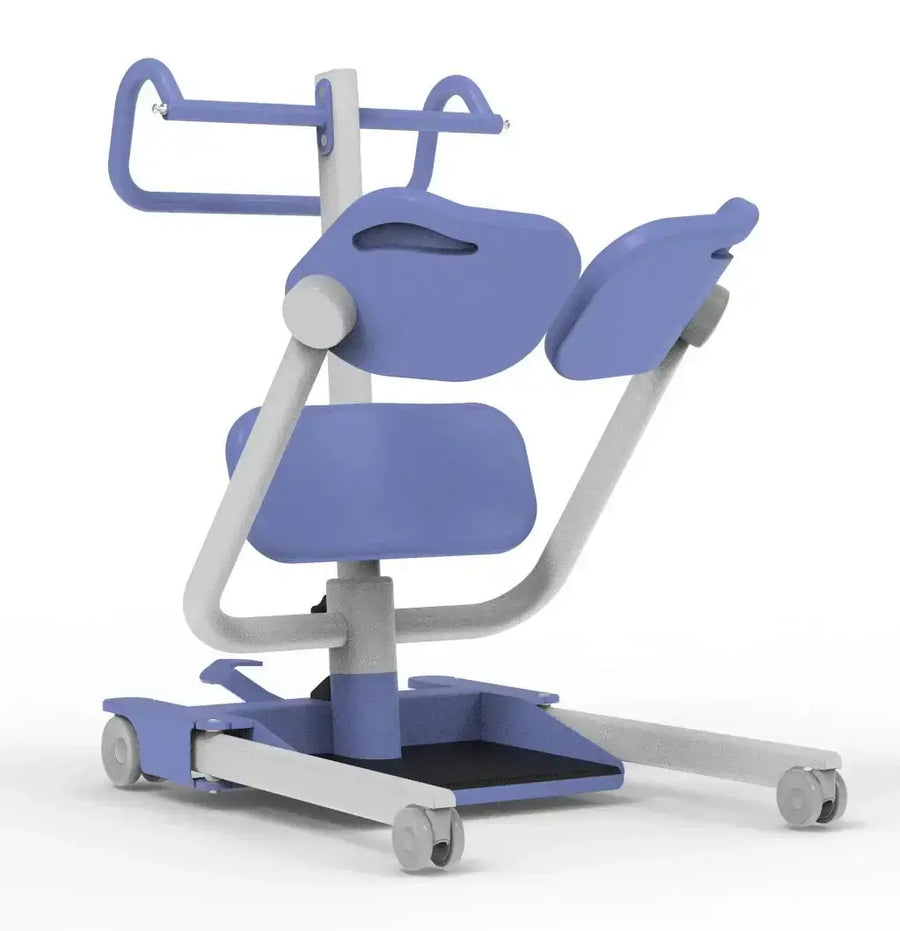
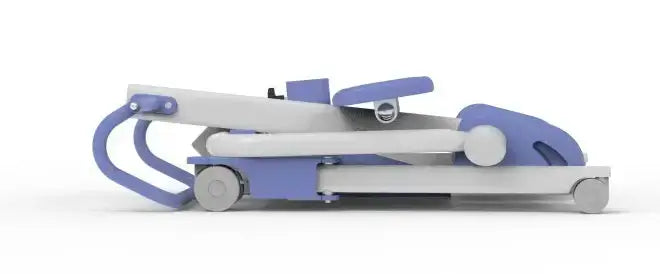
Leave a comment